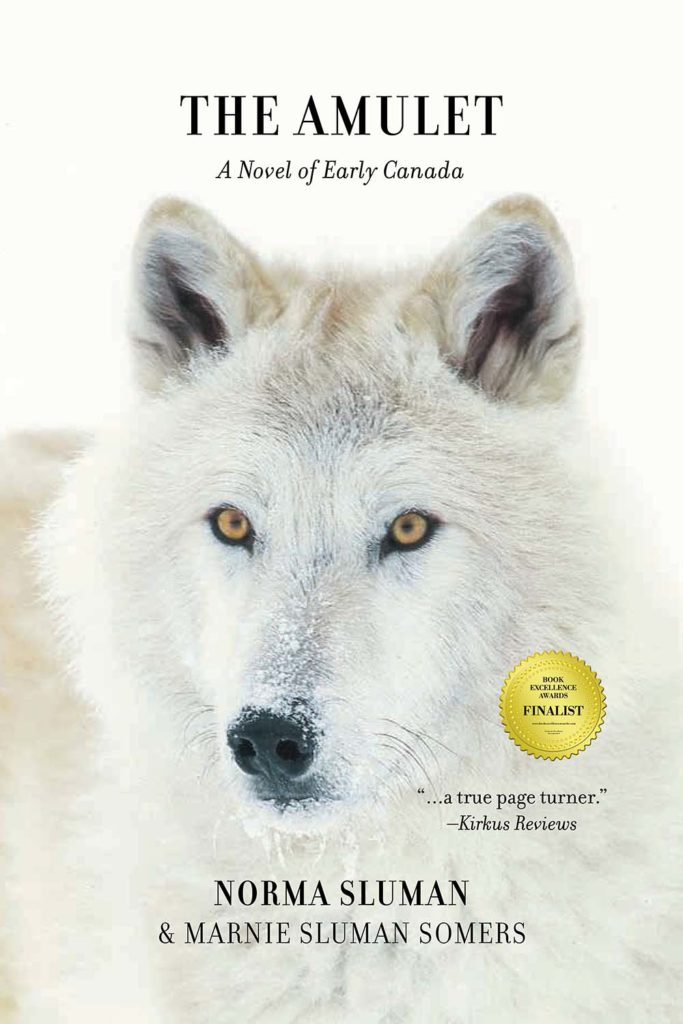Photo by Bas van den Eijkhof on Unsplash
We’ve been talking for the past few weeks about different kinds of writing, what they’re good for, and how we can learn to use them better. We’ve covered free-writing and structural writing, this week we’re talking about stylistic writing.
Stylistic Writing
Style is noticeable. It’s rare that we notice the flow of a writer’s ideas, the ordering of their scenes, or (even less likely) how they got those ideas in the first place, these kinds of writing are so important, but if they’re done well they’re invisible. When we start paying attention what we most often notice first is how writers share their ideas with us.
Stylistic writing is all about how.
Stylistic writing is all about that how. We’ve explored the idea of noticing how authors write and have experimented with using those techniques ourselves, now it’s time to notice how you’re writing and see if you make some changes so your style is more effective.
I don’t have your writing in front of me so I’m going to use a scene from one of my favourite writers to show you how to do this.
“In her sleep, Mrs. Bantry frowned. Something disturbing was penetrating through her dream state, something out of its time. Footsteps along the passage, footsteps that were too hurried and too soon. Her ears listened unconsciously for the chink of china, but there was no chink of china. The knock came at the door. Automatically, from the depths of her dream Mrs. Bantry said, ‘Come in.’ The door opened; now there would be the chink of curtain rings as the curtains were drawn back. But there was no chink of curtain rings. Out of the dim green light Mary’s voice came, breathless, hysterical. ‘Oh, ma’am, oh, ma’am there’s a body in the library!’ And then, with a hysterical burst of sobs, she rushed out of the room again.”
-From The Body in the Library, by Agatha Christie
Description
Description is just one tiny part of stylistic writing but it’s a great place to start. Let’s notice how Agatha uses description in this paragraph. What are the sounds, smells, colours, and feelings that she includes in this scene? The chink of china and curtain rings, the sound of hurried footsteps, and dim green light, these things all describe to us what the room is like and how it feels to be there.
If you’re not noticing the world around you, you won’t be able to write descriptively.
Here’s a hint. If you’re not noticing the world around you, you won’t be able to write descriptively. In order to describe something well you need to have noticed it in the first place.
What does a forest feel like? What are the sounds, smells, textures, and feelings that happen when you’re in a forest? There’s only one way to know these things. Go and sit in a forest. Watch. Listen. Feel.
And remember.
Use the things you notice to show your readers what your scene in a forest looks, sounds, and feels like. But be careful! Don’t tell your readers, show them. Did you notice how Agatha’s descriptions are part of the action? We know there are heavy curtains and a tea tray in the room Agatha is writing about because Mrs. Bantry is listening for those things, not because she told us they were there.
Agatha didn’t write out “Mrs. Bantry was surprised and disturbed.” We know Mrs. Bantry is surprised and disturbed because Agatha shows us.
This Week’s Assignment:
Make your descriptive writing better. Go through your piece and notice:
- Have you included colours, sounds, textures, and feelings? If you haven’t then rewrite, adding the noises, smells, colours, and emotions of your setting into the action.
- Do your descriptions stand alone or are they part of the action? If they aren’t part of the action then rewrite, tying every description into something that is happening in the scene.
- Are your descriptions clichéd? Some descriptions have been used so many times that they don’t mean anything anymore. Watch for clichéd sayings like, “paralyzed with fear” and rewrite them so they mean something to your readers. For example, “paralyzed with fear” could be rewritten as: “I froze, so scared that even my thoughts couldn’t move.”
Do you see a pattern here? Notice and rewrite. Notice and rewrite. Notice and rewrite. This is stylistic writing. It doesn’t happen perfectly on the first try. It’s the rewriting that makes scenes feel real, that allow you to hear the background noises in your head, and know how characters are feeling as they walk through the events of a story.
Let me know how it goes! I’d love to hear about what you’re rewriting, how you’re working on your stylistic writing, or answer your questions.
I’m rewriting with you. This week I’ll be going through the descriptions in the last chapter I wrote. I’ll be ruthlessly deleting awkward, clichéd, and unnecessary descriptions and rewriting the ones that remain because even though I’ve been writing for years I still leave descriptions standing uncomfortable and alone in the middle of paragraphs.
Happy rewriting!

Laurie MacNevin, HF Associate Editor
Laurie is an editor, writer, and researcher. Her deep love of stories led to an Honours degree and a Master’s degree in English Language and Literature from the University of Windsor. Originally from Southern Ontario, Laurie has lived in Manitoba for more than ten years, exploring the stories, landscape, plants, and people of some of the most remote parts of the province including three years in Churchill and two years in God’s Lake Narrows First Nation. Laurie and her family now live on an acreage outside of Carberry.
Not a member of our FREE Book of the Month Club yet? What are you waiting for?
Want a chance to win a free book written by a different Canadian author? Join our Free Book of the Month Club! Every month we review a book by a Canadian author and give it away to one of our email subscribers. Our goal is to share the work of other Canadian authors to help readers find other writers.




